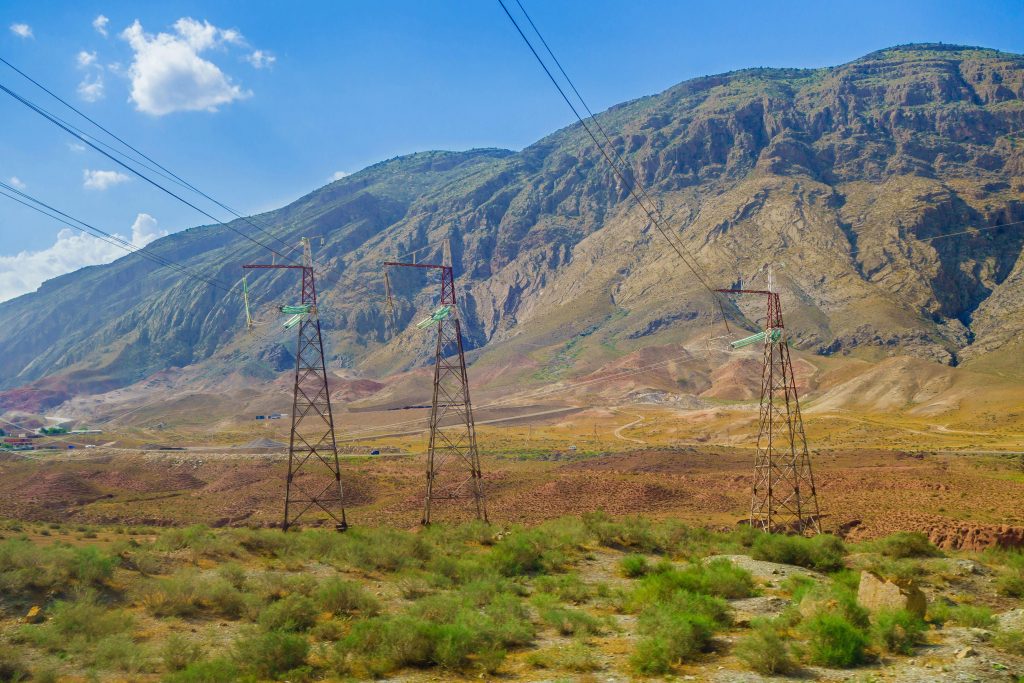TASHKENT
Uzbekistan’s President Shavkat Mirziyoyev tasked his government to prepare a draft resolution on increasing power generating capacity and create an automated power supply ring following the largest ever power blackout that hit the country last month, including some parts of its neighbours Kazakhstan and Kyrgyzstan due to problems on the regional energy grid.
Uzbekistan, the region’s largest country by population of 35 million, plans to increase the total electricity generating capacity to 27,400 megawatts (MW) and annual output to 110 billion kilowatt-hours (kWh) by 2026, the president’s press service said.
The country will construct new power networks with a voltage of 500-750 kilovolts to create a single ring system that will allow Uzbekistan’s power grid to become independent and ensure the stability of the energy system, the report said.
Currently, Uzbekistan’s unified energy system is not completely interconnected by main lines with a capacity of 200-500 kilovolts. In the main part of the North-West and South-West grids, there are no networks with a capacity of 500 kilovolts. Some high-voltage power transmission lines pass through the territory of neighbouring countries.
The report said that “one of the reasons for the large-scale power outage was that the energy system of Uzbekistan was not completely looped by main lines with a voltage of 200-500 kV.”
On January 25, a technical failure occurred in the Central Asian regional energy system, affecting all power plants in Uzbekistan and creating a near-complete blackout. The power outage also affected southern Kazakhstan and all of Kyrgyzstan.
President Mirziyoyev also stressed the need to reform the power industry system and develop cooperation with neighbouring countries.
According to the Uzbek State Statistics Committee, Uzbekistan has produced 70.1 billion kWh of electricity in 2021, increasing by 6.1 percent compared to a year earlier.
Uzbekistan has been facing growing demand for electricity in recent years, especially in the winter season. The Energy Ministry said last year that it planned to deliver 12.5 percent more electricity to customers than in 2020.

